Adolphe Monticelli Paintings
Adolphe Monticelli was a French painter born on October 14, 1824, in Marseille, France. He was noted for his richly colored and densely painted works, which were often dismissed by critics during his lifetime but later came to influence the post-Impressionist movement, particularly inspiring artists like Vincent van Gogh.
Monticelli received his initial training at the École Municipale de Dessin in Marseille before moving to Paris in 1846 where he continued his education at the École des Beaux-Arts. In Paris, he was exposed to the works of the Old Masters at the Louvre, which had a profound effect on his approach to painting. His early works were primarily historical and mythological scenes, but he gradually shifted towards more intimate subjects such as still lifes, portraits, and landscapes.
Throughout the 1850s and 1860s, Monticelli experimented with a variety of styles and techniques, gradually developing a distinctive use of thick impasto and vibrant color that prefigured the later developments of Impressionism and Symbolism. Despite his innovative approach to painting, he struggled to achieve recognition from the French art establishment and spent much of his career in relative obscurity.
Monticelli returned to Marseille in the late 1870s, where he worked prolifically, producing a vast number of paintings that were characterized by their bold use of color and expressive brushwork. He was particularly interested in creating atmospheric effects and often depicted scenes of social gatherings set in lush, fantastical landscapes.
Adolphe Monticelli's work was largely ignored or dismissed by critics during his lifetime, and he lived in poverty. However, his paintings gained posthumous recognition in the late 19th and early 20th centuries, particularly among the Post-Impressionists. Vincent van Gogh was an avid admirer of Monticelli's work, praising his use of color and acknowledging his influence on his own painting style.
Monticelli died on June 29, 1886, in Marseille. Today, his work is recognized for its contribution to the development of modern art and is held in several major museums around the world, including the Musée du Louvre in Paris and the Metropolitan Museum of Art in New York. His legacy is that of a visionary artist whose bold experimentation with color and texture paved the way for future generations of painters.





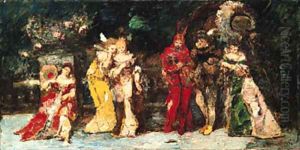






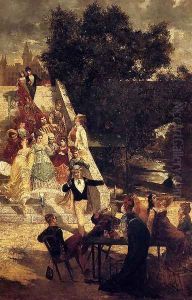


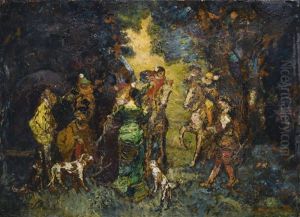


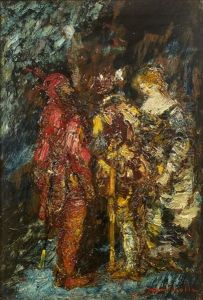





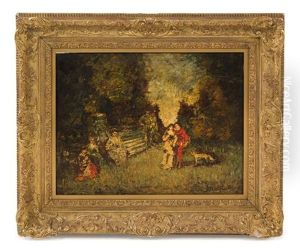





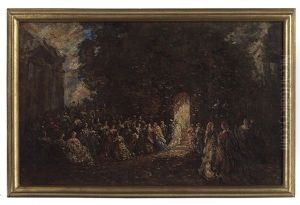
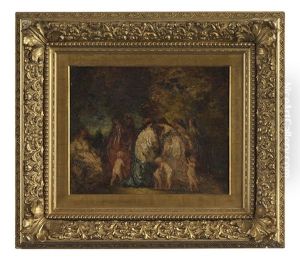




![Ritratto Di Gentiluomo [&] Ritratto Di Gentildonna](https://www.niceartgallery.com/imgs/4115295/s/adolphe-monticelli-ritratto-di-gentiluomo-ritratto-di-gentildonna-922211a1.jpg)
![Ritratto Di Gentiluomo [&] Ritratto Di Gentildonna](https://www.niceartgallery.com/imgs/4115294/s/adolphe-monticelli-ritratto-di-gentiluomo-ritratto-di-gentildonna-45c091f9.jpg)